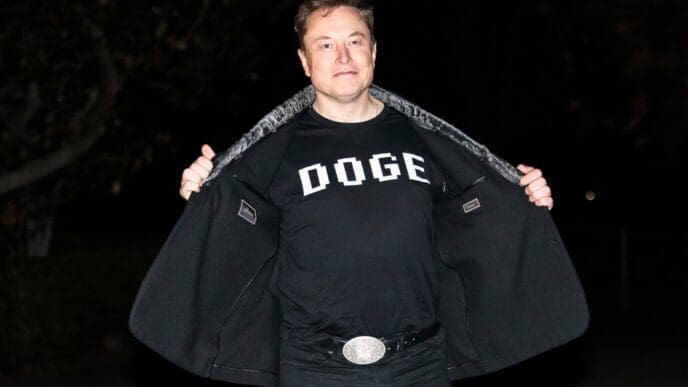The NBA playoffs are once again highlighting the prowess of international stars, attracting viewers from around the globe. Fans in Canada are particularly interested due to Shai Gilgeous-Alexander, the NBA’s scoring champion and MVP favorite from Oklahoma City. Meanwhile, viewers in Serbia and Greece are keen to watch Denver’s Nikola Jokic and Milwaukee’s Giannis Antetokounmpo, respectively. In Turkey, Alperen Sengun’s performance for Houston captivates audiences, even during late hours. Cameroonian fans are following Pascal Siakam and the Indiana Pacers, while Boston’s lineup, featuring Kristaps Porzingis from Latvia and Al Horford from the Dominican Republic, adds to the international appeal.
This season marks a milestone with the five statistical NBA champions hailing from five different countries, a first in league history. Gilgeous-Alexander is Canadian, rebounding champion Domantas Sabonis represents Lithuania, blocked shots leader Victor Wembanyama is from France, Australia’s Dyson Daniels leads in steals, and Trae Young of the U.S. tops the assists chart. The playoffs promise to maintain this global diversity, with Gilgeous-Alexander already secured a spot, and Sabonis, Daniels, and Young potentially joining via the play-in tournament.
The current NBA landscape features approximately 30% of its players from 44 different countries, underscoring the league’s global reach. Canadian players, led by Gilgeous-Alexander, achieved a historic high by scoring over 15,000 points collectively this season. The MVP race is between Gilgeous-Alexander and Jokic, continuing a seven-year streak of international MVP winners. Previously, Giannis Antetokounmpo and Jokic dominated, with Joel Embiid of Cameroon claiming the title two seasons ago.
In a significant development, Luka Doncic topped NBAStore.com’s jersey sales list, becoming the first international player to achieve this feat and the first in over a decade outside of Stephen Curry or LeBron James. This was partly due to his midseason trade from Dallas to the Los Angeles Lakers. Slovenian pride is evident, as highlighted by Ajsa Sivka, newly drafted by the WNBA’s Chicago Sky, expressing pride in her country’s sporting achievements.
The NBA’s commitment to expanding its international presence is underscored by a recent partnership with FIBA to establish a new European basketball league. This initiative aims to feature top European franchises like Real Madrid, Paris Saint-Germain, and Manchester City in a 16-team league. The season saw four players surpass 2,000 points, including international stars Gilgeous-Alexander, Jokic, and Antetokounmpo.
Globally, viewership is on the rise, with a 6% increase in NBA League Pass subscriptions. France saw record viewership despite Wembanyama’s absence in the latter part of the season. Social media engagement in Canada set new records, and the Asia-Pacific region continues to grow as a basketball hub. FIBA’s secretary general, Andreas Zagklis, noted the NBA’s unmatched popularity and commercial success, both in North America and worldwide.
Global Impact of the NBA’s International Stars
The NBA’s increasing international influence reflects a broader cultural shift, bringing diverse audiences into the fold. This trend not only enhances the league’s global popularity but also encourages cross-cultural exchanges and appreciation. For fans worldwide, this means more relatable representation on the court, fostering a sense of connection and pride in their national players.
The rise of international players is likely to inspire younger generations across various countries to pursue basketball, potentially nurturing future stars. As the league continues to embrace its global market, partnerships like the upcoming European basketball league could further entrench basketball’s status as a truly international sport, potentially reshaping the dynamics of sports fandom and participation worldwide.
The NBA’s commitment to international expansion also holds economic implications, offering new opportunities for investment and development in emerging markets. This could lead to increased accessibility to basketball at grassroots levels, improved infrastructure, and enhanced training programs, ultimately contributing to the sport’s global growth and sustainability.









